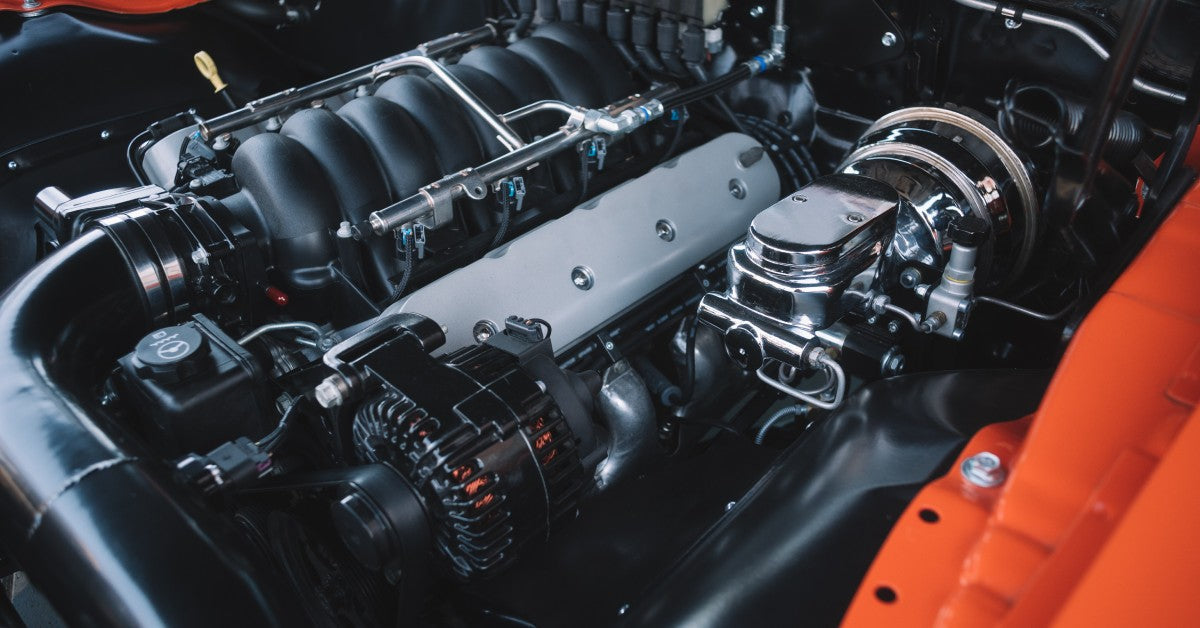
For many of us, we know enough about our cars to keep them clean, fill them up, get the oil changed, and maybe check tire pressure. Yet if you own any type of car it's important to know what is happening under the hood.
All gasoline engines on the market are known as "internal combustion engines." As the name implies, combustion (or explosions) are taking place internally. These are also known as reciprocating engines because the repeat a pattern of movement and turn a crank. A simple explosion in a standard cylinder is powerful enough to launch a potato about 500 feet, to put it in perspective. Internal combustion engines put this power to more useful purposes by creating a cycle which sets off hundreds of explosions per minute, transferring that power to your tires and propelling your vehicle forward.
Nearly all gas engines use what's called the four-stroke cycle, or the Otto cycle, named after its 1867 inventor Nikolaus Otto. These 4 cycles refer to the strokes performed within the cylinder, which are: the intake stroke, the compression stroke, the combustion stroke, and the exhaust stroke. This is fairly easy to understand if we break it down. On the intake stroke the cylinder fills with a mixture of air and gasoline fumes. The compression stroke reduces the space within the cylinder, compressing the air and gasoline to create a more powerful explosion. During the combustion stroke, the spark plug (usually E3 for environmentally-conscious auto owners) ignites the mixture creating an explosion. Finally on the exhaust stroke the unburned hydrocarbons and other chemicals found in exhaust exit out of the tailpipe.
As mentioned, hundreds of these explosions happen every minute. To propel your vehicle forward, the pistons doing the work within the cylinders are attached to a crank, the first part of your drive train. This rotates, transferring power down the drive shaft to your tires which turn.
So although we may not all know how to take an engine apart and put it back together again, hopefully we now know a little more about how your engine operates.







